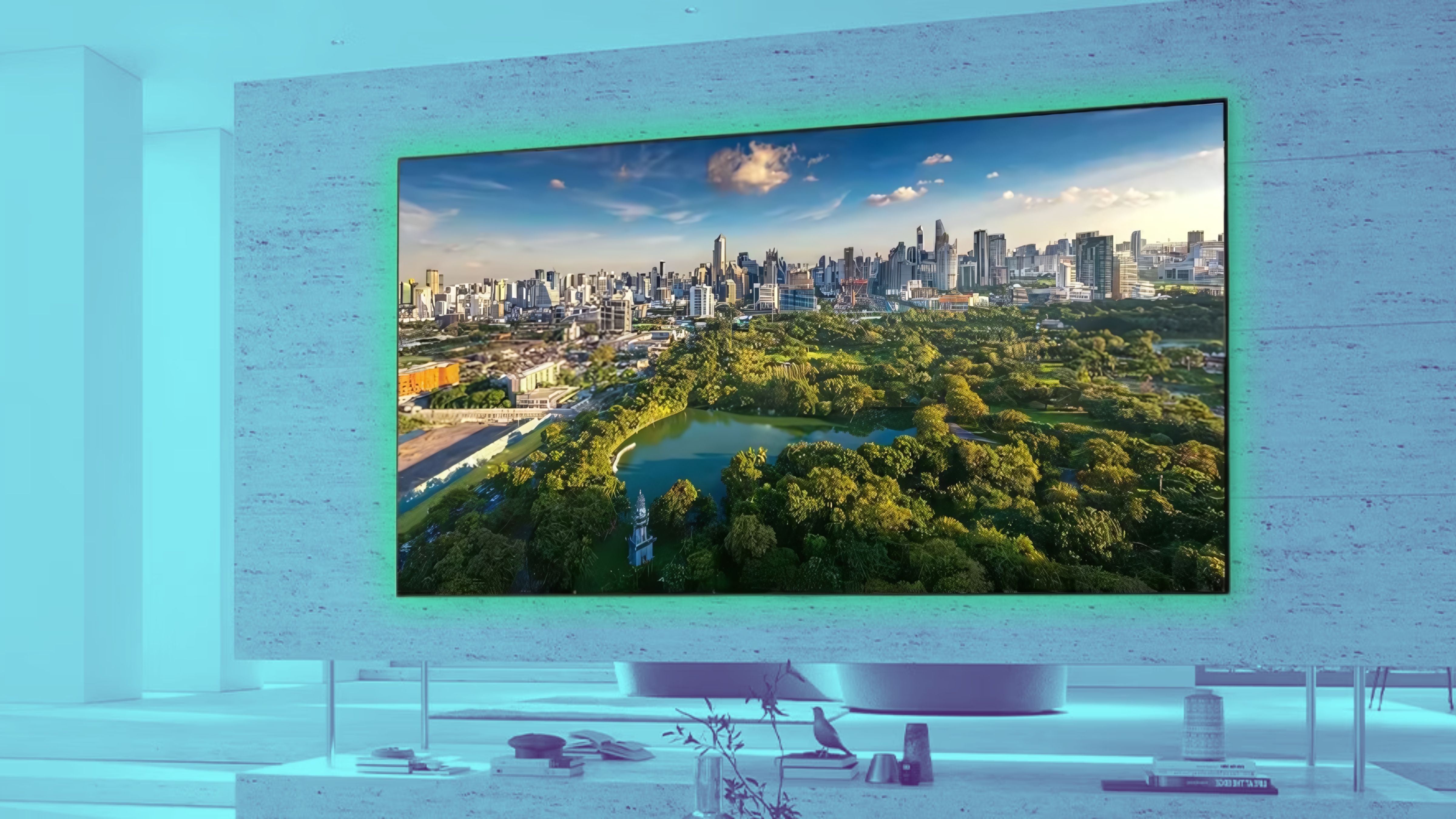Summary
- LG has entered into a multi-year partnership with Zenapse to bring AI-powered ’emotionally intelligent insights’ into the targeted ads space.
- This collaboration will see LG’s webOS-based smart TVs gain access to Large Emotion Model (LEM) technology.
- The two companies describe this joint venture as a “new frontier for CTV advertising.”
LG’s Ad Solutions division has entered into a new multi-year partnership with AI marketing platform Zenapse, with the two companies coming together to build “a new frontier for Connected TV (CTV) advertising.” This alliance will see the firms join forces to better leverage their respective strengths:
LG’s
wide-reaching
webOS
smart TV platform, and Zenapse’s emergent Large Emotion Model (LEM) technology.
“This collaboration furthers LG Ad Solutions’ commitment to innovation and delivering advanced, emotionally intelligent advertising tools for global brands. By combining LG’s scale and CTV expertise with Zenapse’s industry-first emotional AI and psychographic targeting, the companies aim to redefine viewer engagement, personalization, and campaign performance,” reads a newsroom press release.
Zenapse’s Large Emotion Model (LEM) tech is AI-based at its core, and it appears to function somewhat similarly to the Large Language Models (LLMs) that we hear so much about these days from
OpenAI
,
Google
, and other AI-centric tech giants. The difference here is that this LEM has been trained on data for the purpose of delivering better-targeted advertisements.
LEM tech has the potential to unlock a new breed of highly potent ads.
“It helps decode a viewer’s mindset – what motivates them, what resonates – so brands can deliver more relevant and compelling marketing messages,” an LG spokesperson told StreamTV Insider (via Digital Trends).
In other words, LEM tech has the potential to unlock a new breed of highly potent ads, which can, theoretically, surface targeted commercials that act on a user’s particular emotional state of being. From the perspective of an advertiser, this is an exciting prospect. As an end-user with an always-connected
LG TV
in my home, however, I’m not exactly jumping for joy at this development.
Related
4 WebOS tricks LG TV users everywhere might be missing out on
If you’re unaware of these WebOS tricks, you’re not getting the most out of your LG TV.
LG’s webOS, with a hint of Black Mirror
Large Emotion Model (LEM) tech is about as dystopian as it sounds
LG
Personally, I’m the owner of a single LG smart TV, which sits nestled away in my living room corner. Like all other internet-enabled TVs from the company, my unit runs the proprietary webOS operating system. For the most part, I don’t mind webOS, though I find its interface to be a bit cluttered when compared to the likes of Apple
tvOS
or
However, there is one thing I genuinely dislike about webOS: LG employs the use of a technology called automatic content recognition (ACR). By default, ACR tracks what you watch, and it then harvests said analytic data to help deliver personally targeted ads. Of course, LG is far from the only smart TV company that uses ACR, but that’s neither here nor there.
While I can tolerate (and, in some cases, even appreciate) a baseline level of targeted ads and commercials being served to me, I reckon the infusion of “emotional intelligence AI capabilities” is a step too far. From my perspective, the ability for an AI algorithm or Large Emotion Model to preemptively psychoanalyze my state of mind lands well beyond the uncanny, possibly emerging somewhere in the ballpark of dystopian nightmare territory.
…I’d hope to see LG implement a webOS toggle to turn off LEM functionality at the system level.
Of course, it’s possible that my concerns are overblown, or that the majority of LG TV owners won’t take massive issue with this development. It’s equally possible that a negative consensus might take hold — customer backlash is certainly a plausible outcome. If nothing else, I’d hope to see LG implement a webOS toggle to turn off LEM functionality at the system level — in my opinion, user choice and transparency are key consumer protections that need to be honored at all costs.
For the time being, there’s no word on when Zenapse’s LEM tech might actually land on consumer-facing LG TVs. It’s unclear whether existing LG models that run the webOS operating system will gain access to the LEM system via an over-the-air software update, or whether the tech will be made exclusive to newly-sold flat panels going forward.
Related
LG strikes another blow against DTS as Dolby continues to reign supreme
LG has reportedly once again removed DTS audio support from its latest TVs.











